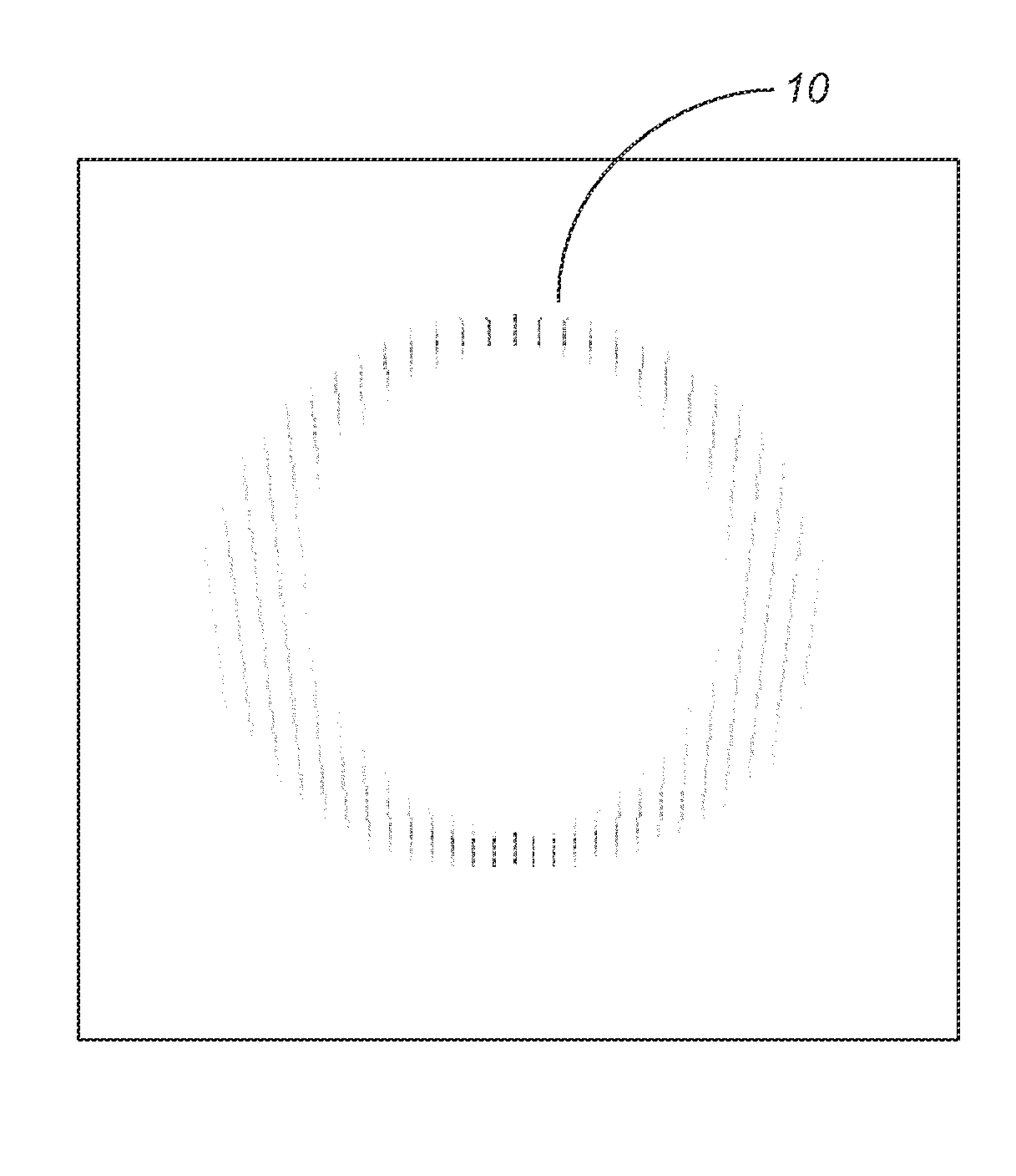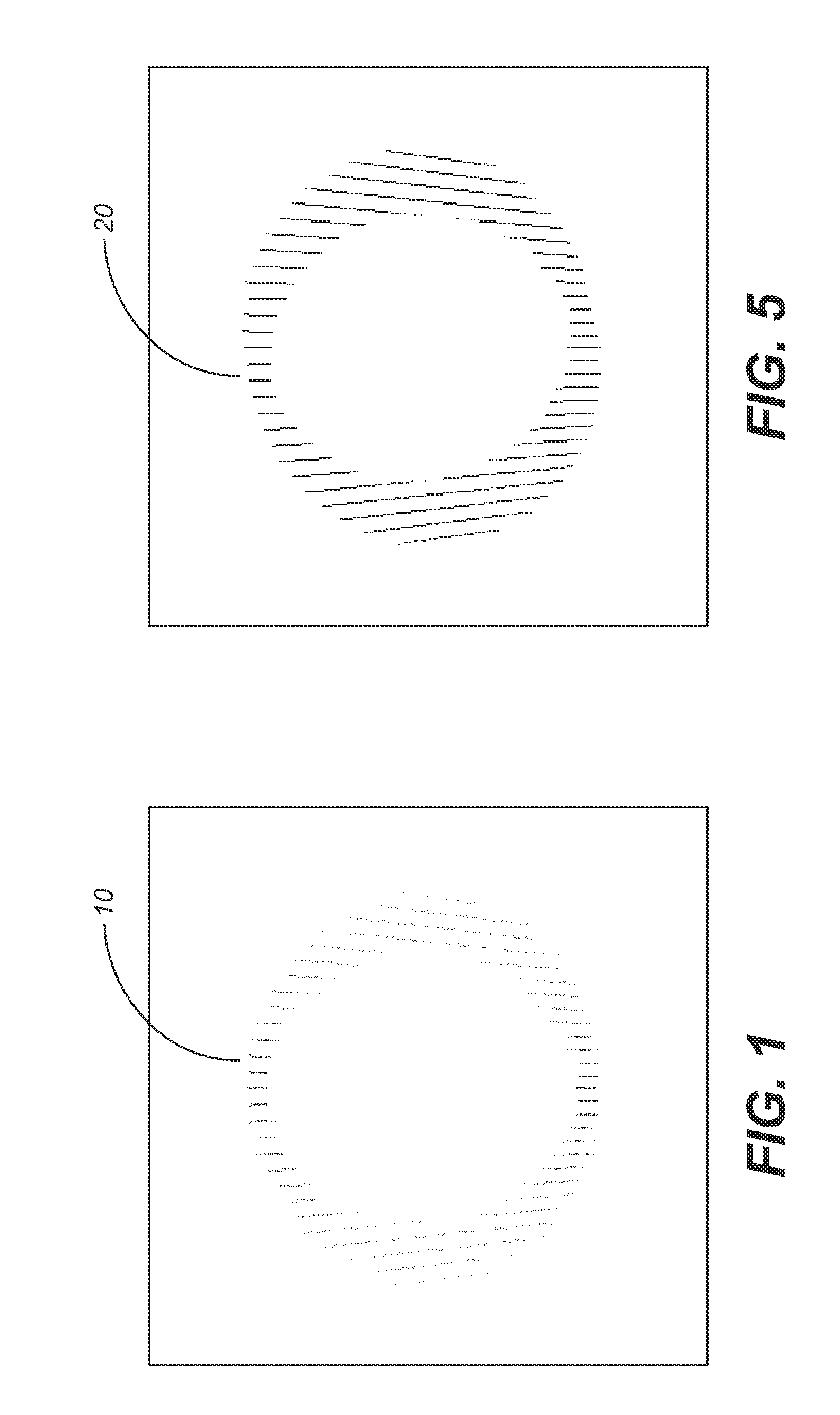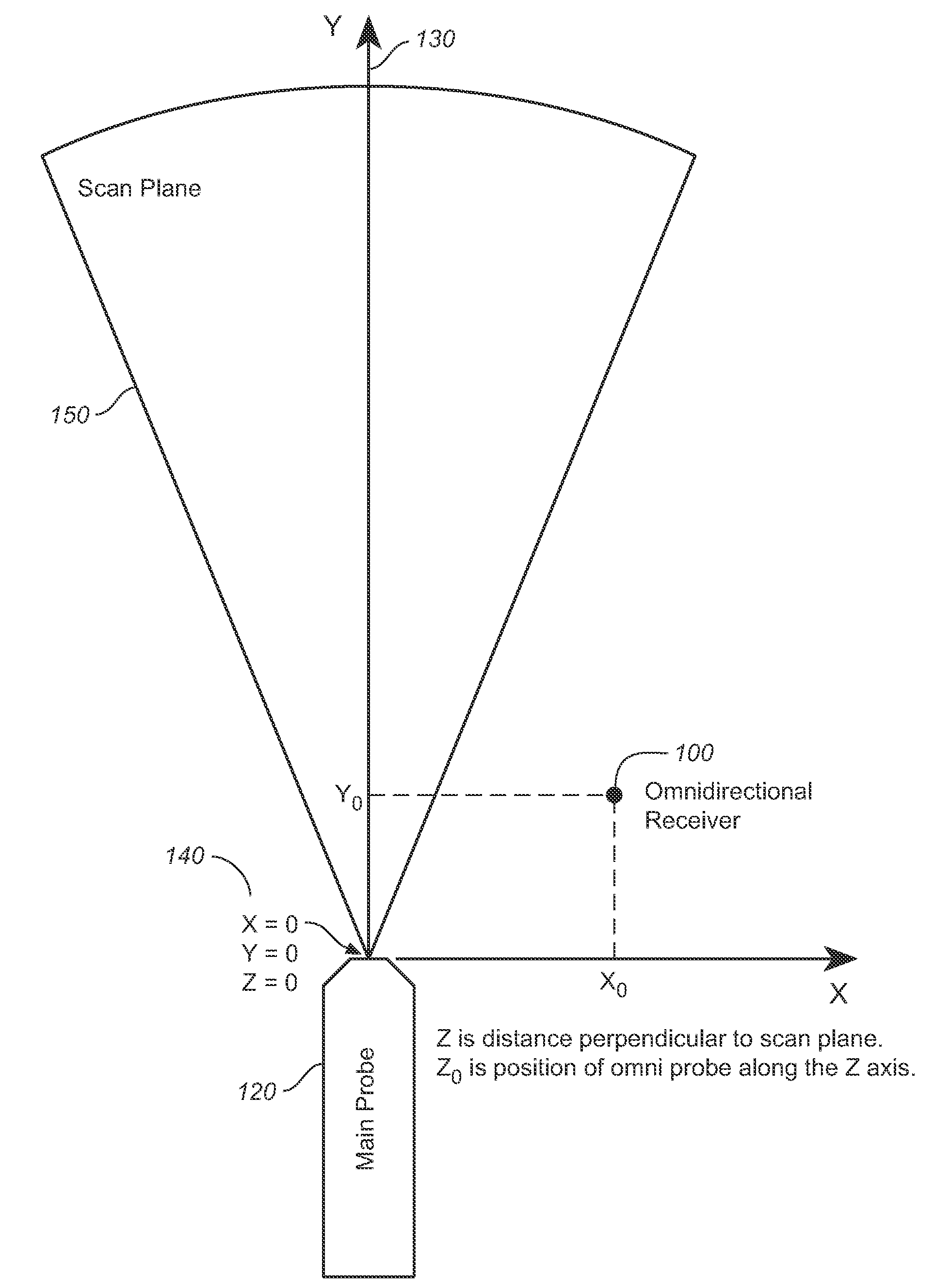Method and apparatus to produce ultrasonic images using multiple apertures
an ultrasonic image and multiple aperture technology, applied in the field of medical ultrasound, can solve the problems of poor lateral resolution, large lateral resolution, and small aperture, and achieve the effect of improving the signal-to-noise ratio
- Summary
- Abstract
- Description
- Claims
- Application Information
AI Technical Summary
Benefits of technology
Problems solved by technology
Method used
Image
Examples
Embodiment Construction
[0045]A key element of the present invention is that returned echoes in ultrasonography can be detected by a separate relatively non-directional receive transducer located away from the insonifying probe (transmit transducer), and the non-directional receive transducer can be placed in a different acoustic window from the insonifying probe. This probe will be called an omni-directional probe because it can be designed to be sensitive to a wide field of view.
[0046]If the echoes detected at the omni probe are stored separately for every pulse from the insonifying transducer, it is surprising to note that the entire two-dimensional image can be formed from the information received by the one omni. Additional copies of the image can be formed by additional omni-directional probes collecting data from the same set of insonifying pulses.
[0047]A large amount of straightforward computation is required to plot the amplitude of echoes received from the omni. Referring now to FIG. 2, in which ...
PUM
 Login to View More
Login to View More Abstract
Description
Claims
Application Information
 Login to View More
Login to View More - R&D
- Intellectual Property
- Life Sciences
- Materials
- Tech Scout
- Unparalleled Data Quality
- Higher Quality Content
- 60% Fewer Hallucinations
Browse by: Latest US Patents, China's latest patents, Technical Efficacy Thesaurus, Application Domain, Technology Topic, Popular Technical Reports.
© 2025 PatSnap. All rights reserved.Legal|Privacy policy|Modern Slavery Act Transparency Statement|Sitemap|About US| Contact US: help@patsnap.com



